Filipino works of universal value
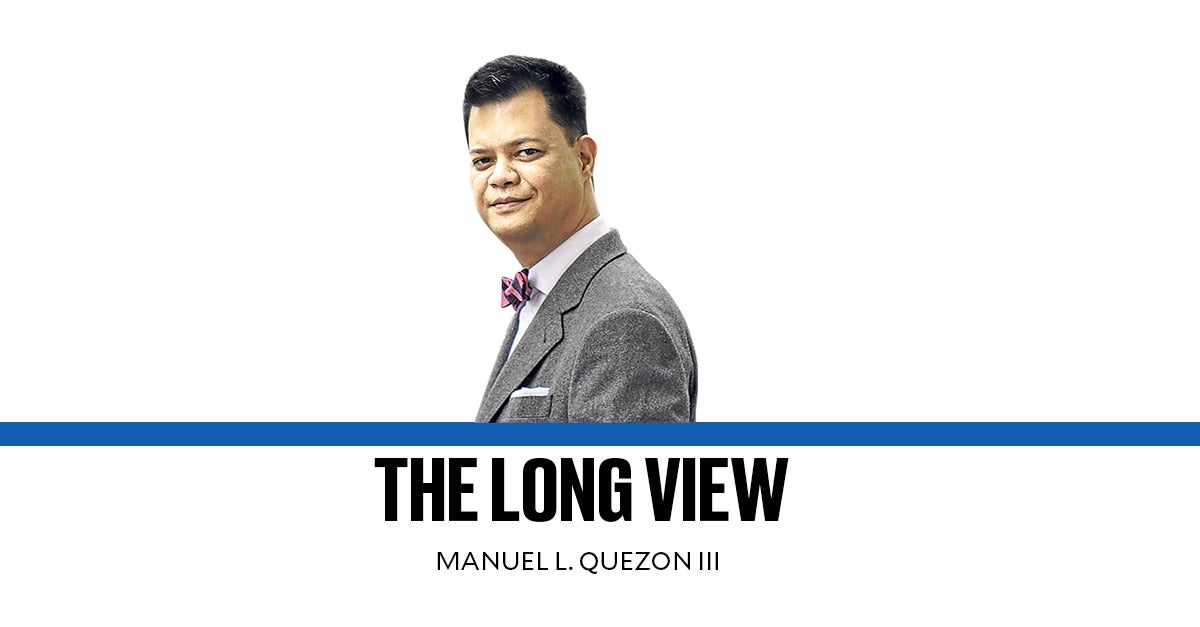
Yesterday, there was a modest but meaningful ceremony held at the temporary headquarters of the Department of Foreign Affairs. It was formally speaking, the launch of the Memory of the World Program, Unesco Philippines. This is the Philippine arm, so to speak, of Unesco’s Memory of the World Program, which aims to guard against “collective amnesia” through the recognition of the world’s intellectual treasures, whether they be films, manuscripts, books, photographs, audiovisual recordings, scientific discoveries, exploratory voyages, and digital documents that are considered milestones in history. The program provides a platform for international cooperation to preserve and share the world’s documentary heritage while fostering a greater understanding of humanity’s shared history and cultural diversity.
For the Philippines, the list of our contributions to the Memory of the World Register can be subdivided into three levels: international: Philippine paleographs (Hanunoo, Buid, Tagbanua and Pala’wan) added in 1999, radio broadcast of the Philippine People Power Revolution added in 2003, the José Maceda Collection added in 2007, and the presidential papers of Manuel L. Quezon added in 2011; regional, comprising the Culion Leprosy archives, the Doctrina Christiana of 1593, the Hinilawod Epic chant recordings, and the Quezon papers added in 2010; and national, which consists of Eddie Romero’s ”Ganito Kami Noon, Paano Kayo Ngayon?” and the Fernando Poe Jr. Film Archives.
The question that naturally arises, Ivan Henares (who is Unesco National Committee secretary general) told me, is why was there a launch yesterday when the Philippines has been applying for the inclusion of various things in the Memory of the World’s different registers. In a nutshell, the time had come for the launch because of two things. The first was to institutionalize past enthusiasm–the kind that had enabled the gathering of the extremely strict documentary and other requirements needed for the nomination—to ensure that inclusion wouldn’t just be an empty exercise in bragging rights. Nomination and acceptance also entail rigor and consistency: our laws confer privileges and benefits to those proclaimed part of the Memory of the World by Unesco in Paris, as well as an obligation to actually ensure not just the preservation but active use.
The second reason is that the works and items already recognized are a tiny percentage of what ought to be not just nominated, but also accepted and designated. Here, the future-forward purpose of the launch was eloquently laid out by professor Nick Deocampo, who is the chair of the National Memory of the World Committee. As the authority bar none on Philippine film history, he recounted his tireless efforts to identify and at times, miraculously locate, the artifacts of our film history. It is always a race against time. We are a nation of hoarders but in the hoarding, there is both the potential for a bonanza, but also, more often than not, the more real possibility of an accumulation of dead or dying artifacts: documents crumbling into dust, celluloid that has melted or is about to burst into flames, piles of ghostly because no longer viable in terms of preservation, reminders of what has been irretrievably lost.
Listening to Deocampo, and looking at the archivists, historians, academicians, and other unheralded, ill-remunerated, seldom-consulted people gathered in that hall from throughout the country, I was reminded of something I’ve long believed: if we had lost so much, we would have lost so much more, if it weren’t for people like the ones receiving their modest certificates from Unesco. They represent the fraternity that truly matters because their labor is seldom heralded, though the fruits of their labor are so tangible. Deocampo said the next step is to go up and down the country, activating regional nodes of like-minded people and institutions, spreading the word that the Memory of the World Registry exists and that there is a means and method for us as a people to have the tangible artifacts of our genius recognized as part of the patrimony of the world.
Go to www.unesco.gov.ph to learn more. A good first step is to read more about the Memory of the World and find out when Unesco Philippines might be doing a presentation: one is scheduled to be held in Naga, then in Dumaguete, and then in Davao. There, you can find out more about the procedures, especially the documentation required. Deocampo says there is a great need to identify items and collections in the Visayas and Mindanao, in particular, which deserve recognition so that there will be support for their preservation and renewed relevance.
He said a very simple definition of what a document is—an item made with intellectual intent—can help unlock in our minds the great variety of things that deserve discussion, evaluation, and elevation. The country has a wealth of passionate individuals who have set out to collect, compile, and save the real material wealth of our country. The task for like-minded people who care is to bring these people and what they have made, acquired, saved, and set aside to the attention of our authorities and the global community. Having finally put the Unesco Philippines house in order in terms of documentation, Henares expects a new push to submit items from Rizal’s two novels to the journal La Solidaridad, to indigenous and other works for scrutiny according to the protocols of the Memory of the World. But they are hoping this is merely going to be a prelude to a wider effort, bringing in a wider range of concerned citizens.




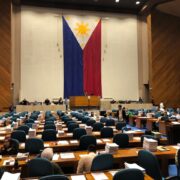







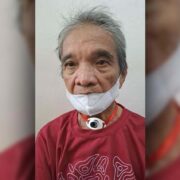

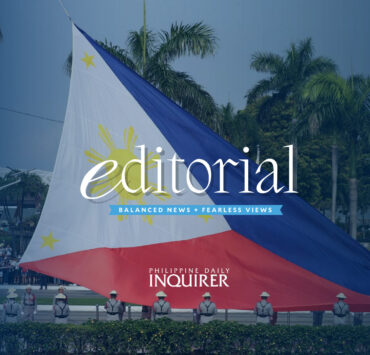
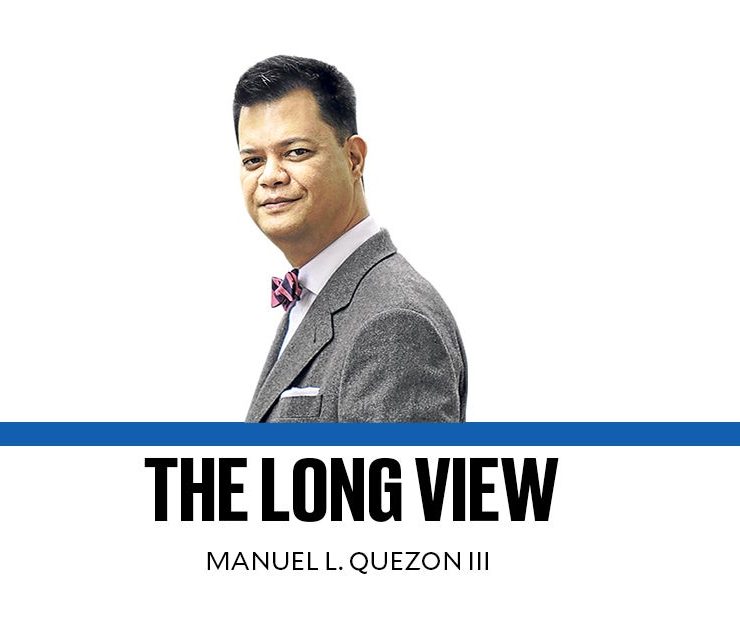


Tackling foreign interference